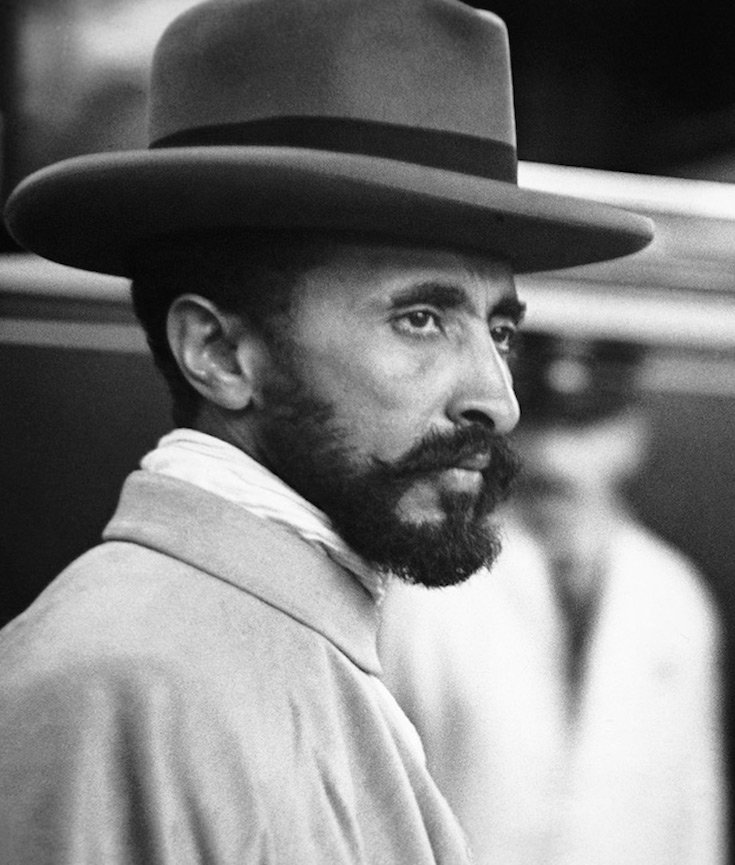[dropcap]The[/dropcap] foreign ministry said that the ID cards will grant Rastafarians residency and most legal rights in the country, but will still not make them citizens, AFP reports.
Estimates of the number of Rastafarians in Ethiopia range from hundreds to 1,000, and they reside mostly in the capital Addis Ababa or in Shashamane, a town 250 kilometers (155 miles) south of the capital. Adherents of the religion mostly migrated from the Caribbean in the 1950s, after Ethiopia’s former emperor Haile Selassie—who was seen as a messiah by Rastafarians—bequeathed hundreds of hectares of land to them.
Rastafarianism originated in Jamaica and gained momentum around 1930 when Haile Selassie came to power in Ethiopia. Members of the religious movement believe that blacks are the chosen people, though many were displaced, abused, or marginalized by colonialism and slavery. They wear dreadlocks and smoke cannabis for ritualistic purposes.
[mc4wp_form id=”6042″]


Ethiopia is a country located in the Horn of Africa. It shares borders with Eritrea to the north and northeast, Djibouti and Somalia to the east, Sudan and South Sudan to the west, and Kenya to the south. With over 100 million inhabitants, Ethiopia is the most populous landlocked country in the world, as well as the second-most populous nation on the African continent after Nigeria. It occupies a total area of 1,100,000 square kilometres (420,000 sq mi), and its capital and largest city is Addis Ababa.
Some of the oldest evidence for anatomically modern humans has been found in Ethiopia. It is widely considered as the region from which modern humans first set out for the Middle East and places beyond. According to linguists, the first Afroasiatic-speaking populations settled in the Horn region during the ensuing Neolithic era. Tracing its roots to the 2nd millennium BC, Ethiopia was a monarchy for most of its history. During the first centuries AD, the Kingdom of Aksum maintained a unified civilization in the region, followed by the Ethiopian Empire circa 1137. Ethiopia derived prestige with its uniquely successful military resistance during the late 19th-century Scramble for Africa, becoming the only African country to defeat a European colonial power and retain its sovereignty. Subsequently, many African nations adopted the colours of Ethiopia’s flag following their independence. It was the first independent member from Africa of the 20th-century League of Nations and the United Nations. In 1974, the Ethiopian monarchy under Haile Selassie was overthrown by the Derg, a communist military government backed by the Soviet Union. In 1987, the Derg established the People’s Democratic Republic of Ethiopia, but it was overthrown in 1991 by the Ethiopian People’s Revolutionary Democratic Front, which has been the ruling political coalition since. (Wikipedia)


You must be logged in to post a comment.